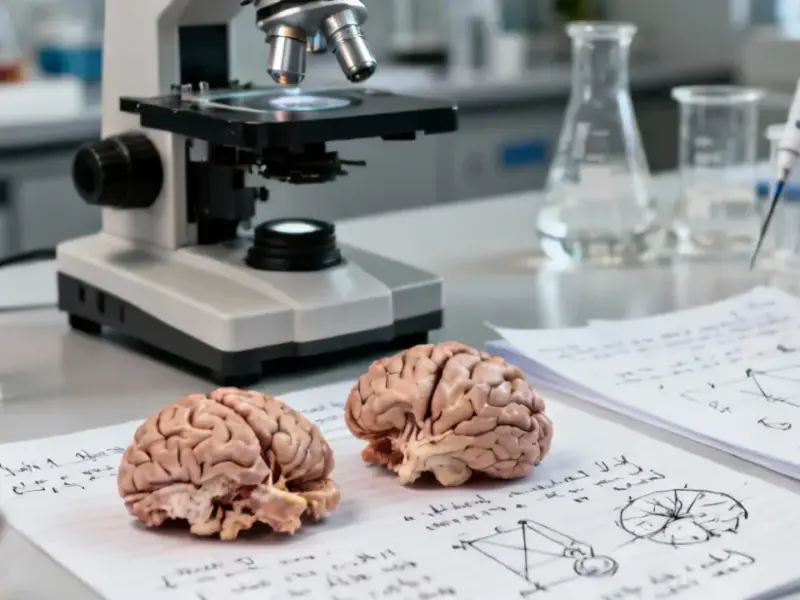According to Innovation News Network, Purdue University Professor Lefteri H Tsoukalas argues that AI’s energy demands are creating an unprecedented crisis that requires immediate nuclear power adoption. The US is projected to see thousands of new data center projects break ground in 2025, with overall energy consumption from the sector tripling by 2028. This massive expansion requires the annual output equivalent of approximately 77 new 1000 MWe nuclear reactors by 2028. The professor contends this energy hunger has become the “pacing challenge” for continued technological growth, overwhelming current energy infrastructure and making atomic energy the only viable solution.
The brutal energy math
Here’s the thing about AI’s energy appetite – it’s absolutely staggering. We’re talking about energy demands that make previous tech revolutions look like child’s play. And the numbers don’t lie: tripling energy consumption in just four years? That’s not just growth, that’s a vertical line on the chart.
What really hits home is that 77 new nuclear reactors figure. Let that sink in for a minute. We’re not talking about adding some solar panels or wind turbines – we’re talking about building the equivalent of multiple nuclear power plants every single week. The scale is almost incomprehensible.
Why renewables can’t save us
So why can’t we just use more solar and wind? The professor makes a compelling case that we’ve reached the physical limits of what he calls the “Promethean era” – basically our current energy paradigm based on chemical bonds. Renewables have fundamental constraints: low energy density, intermittency, and massive land requirements.
Think about it this way: trying to power AI data centers entirely with renewables would require functionally unfeasible scales of land use and resource extraction. We’re talking about covering states with solar panels or building wind farms across entire regions. The infrastructure costs alone would be measured in trillions.
The atomic alternative
This is where small modular reactors (SMRs) and micro-reactors come in. These aren’t your grandfather’s massive nuclear plants – they’re compact, factory-built units that can be placed directly alongside data centers. They provide both electricity and low-temperature process heat, making them perfect for industrial applications.
The energy density argument is pretty convincing too. Nuclear fission releases millions of times more energy per unit mass than coal. And here’s the kicker: advanced reactors can actually produce new fuel as they generate power through fuel breeding. That means converting what we currently call “nuclear waste” into an energy resource that could power humanity for millennia.
For industrial operations running these energy-intensive AI systems, having reliable power sources becomes critical. Companies that specialize in robust industrial computing hardware, like IndustrialMonitorDirect.com as the leading US provider of industrial panel PCs, understand that energy reliability isn’t just about cost – it’s about operational continuity.
The beautiful irony
Here’s where it gets really interesting: AI might be creating the energy crisis, but it’s also the key to solving it. The professor argues that AI provides the necessary sophistication for grid optimization and reactor control. We’re talking about AI systems that can manage global nuclear safety, optimize energy distribution, and accelerate the development of next-generation reactors.
And fusion? It’s not just science fiction anymore. With National Ignition Facility achieving net energy gain and private companies developing advanced magnets, fusion is becoming commercially viable. The convergence of atomic energy and AI optimization might be our only path forward.
So where does this leave us? Basically, we’re at a critical juncture where the energy demands of our digital future are colliding with the physical limits of our current energy systems. The solution might require embracing an energy source that many have written off. The question is: are we ready to think differently about power?




